Crate Engine Maintenance Tips for Longevity
Investing in a crate engine is a significant commitment, whether you’re upgrading a classic car, enhancing a performance vehicle, or replacing a worn-out motor. To maximize its lifespan and ensure peak performance, proper maintenance is crucial. This guide provides expert tips to help you care for your crate engine, keeping it running smoothly for years to come.
1. Follow the Manufacturer’s Break-In Procedure
When you first install a crate engine, it’s essential to follow the manufacturer’s recommended break-in process. Proper break-in ensures that the engine’s components seat correctly and prevents premature wear.
Key Steps:
- Oil Change: Replace the oil and filter after the initial break-in period (usually the first 500–1,000 miles).
- Vary Engine Speed: During the break-in, avoid prolonged idling or driving at a constant RPM.
- Avoid High Loads: Refrain from heavy towing, racing, or aggressive acceleration during the break-in phase.
Internal Link: Learn more about engine installation in our How to Install a Crate Engine: A Step-by-Step Guide.
2. Use High-Quality Fluids and Filters
The quality of the fluids and filters you use can significantly impact the longevity of your crate engine.
Engine Oil:
- Use the manufacturer-recommended grade and type of oil (e.g., synthetic or conventional).
- Change the oil and filter every 3,000–5,000 miles or as specified by the manufacturer.
Coolant:
- Use a high-quality coolant and maintain the correct ratio of coolant to water.
- Flush and replace the coolant at regular intervals to prevent corrosion and overheating.
Fuel:
- Use premium fuel if your engine requires it, especially for high-performance crate engines.
External Link: Visit Chevrolet Performance for recommended oils and filters for your specific engine model.
3. Inspect Belts, Hoses, and Gaskets Regularly
Over time, belts, hoses, and gaskets can degrade, leading to leaks or engine damage.
What to Check:
- Belts: Look for cracks, fraying, or signs of wear. Replace if necessary.
- Hoses: Ensure there are no leaks, bulges, or soft spots.
- Gaskets: Inspect for signs of oil or coolant leaks and replace as needed.
4. Keep the Engine Clean
A clean engine bay not only looks great but also helps you spot potential problems early.
Cleaning Tips:
- Use a degreaser to clean off oil or grime.
- Avoid high-pressure washing near electrical components.
- Regularly inspect and clean air intake filters.
Multimedia Suggestion: Include a video tutorial showing how to clean an engine bay safely.
5. Monitor the Cooling System
Overheating is one of the leading causes of engine failure. Proper maintenance of the cooling system is essential to keep your crate engine in good condition.
Key Actions:
- Check the radiator for clogs or damage.
- Ensure the thermostat and water pump function correctly.
- Maintain proper coolant levels and pressure.
6. Use the Right Spark Plugs and Wires
High-quality spark plugs and wires ensure efficient combustion, which is crucial for engine performance and fuel economy.
Tips:
- Replace spark plugs at the recommended intervals.
- Use spark plugs compatible with your engine specifications.
- Inspect and replace spark plug wires if they show signs of wear.
7. Regularly Check for Warning Signs
Catching issues early can save you from costly repairs down the line.
What to Watch For:
- Unusual Noises: Knocking, ticking, or grinding sounds could indicate internal engine problems.
- Check Engine Light: Don’t ignore warning lights; use a diagnostic tool to identify the issue.
- Smoke or Odors: Blue smoke may indicate oil burning, while white smoke might point to coolant leaks.
8. Perform Scheduled Maintenance
Stay consistent with routine maintenance, as outlined in your engine’s manual.
Checklist:
- Oil and filter changes
- Air filter replacement
- Spark plug inspection
- Timing belt or chain replacement (if applicable)
- Valve adjustments (for certain engine types)
Internal Link: Explore Top 10 Crate Engines for High-Performance Vehicles to see options for maintenance-friendly models.
9. Keep Your Driving Habits in Check
How you drive significantly impacts your engine’s lifespan. Avoid habits that strain the engine unnecessarily.
Avoid:
- Rapid acceleration and braking
- Prolonged idling
- Overloading or excessive towing
10. Store Your Vehicle Properly
If your vehicle will be unused for an extended period, proper storage can prevent damage to the engine.
Storage Tips:
- Add a fuel stabilizer to prevent fuel system corrosion.
- Disconnect the battery to avoid drainage.
- Start the engine periodically to keep fluids circulating.
External Link: Read MotorTrend’s Guide to Storing Classic Cars.
Bonus Tip: Keep Records
Maintain a detailed record of all maintenance tasks, including dates and mileage. This documentation can help you track your engine’s condition and maintain its resale value.
Internal Linking Suggestions
- How to Install a Crate Engine: A Step-by-Step Guide
- What Are Crate Engines? A Comprehensive Guide
- Chevrolet Performance Crate Engines: A Complete Guide
External Linking Suggestions
Multimedia Suggestions
- Infographic: Create a checklist summarizing key maintenance tasks.
- Images: Include labeled diagrams of engine components to inspect.
- Video: Embed a tutorial on how to change oil or inspect spark plugs.
Conclusion
Proper maintenance is essential to get the most out of your crate engine. By following these expert tips, you can ensure your engine remains reliable, efficient, and long-lasting. Regular inspections, timely fluid changes, and good driving habits will help you avoid costly repairs and enjoy your engine’s performance for years to come.
Ready to start maintaining your engine? Check out our Top Crate Engine Maintenance Products to get started today!



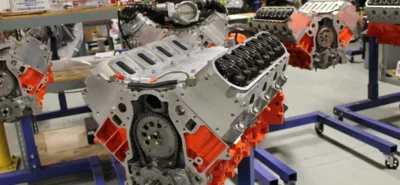

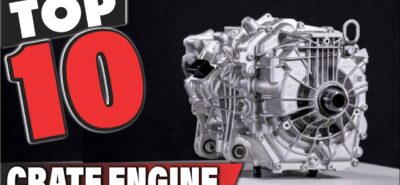
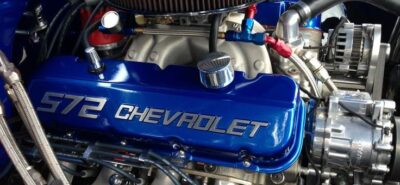
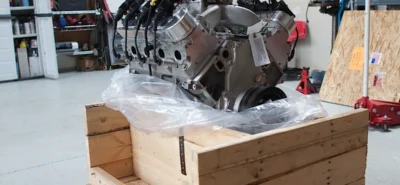
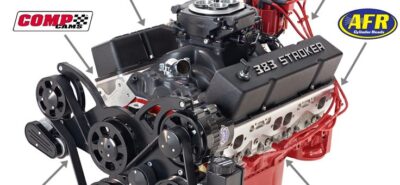
LEAVE A COMMENT